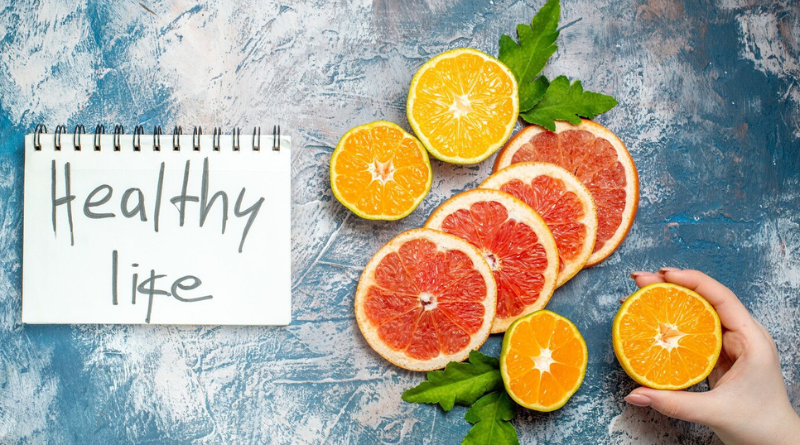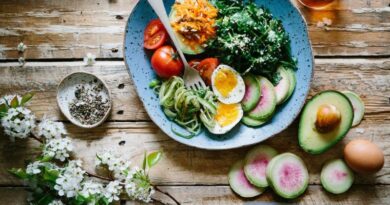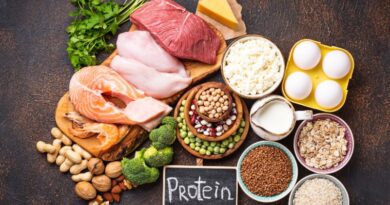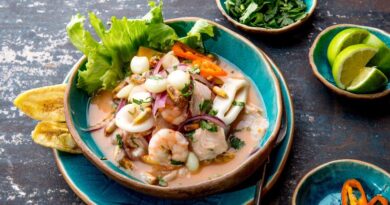Staying hydrated is vital for maintaining good health, but drinking enough water each day can sometimes feel like a challenge. Fortunately, hydration isn’t just about what you drink—it’s also about what you eat! Many fruits and vegetables are packed with water, along with essential nutrients that support your body in countless ways. Incorporating these foods into your daily diet can help you stay refreshed, energized, and nourished without constantly reaching for a glass of water.
In this blog, we’ll explore seven Hydrating Superfoods that are not only delicious but also incredibly effective in keeping you hydrated. Backed by expert insights, these foods offer a simple and tasty way to boost your hydration while enjoying a range of health benefits. From crisp cucumbers to juicy watermelons, discover how to add these refreshing superfoods to your meals and snacks. Stay with us as we dive into the world of hydrating nutrition!
Hydrating Superfoods You Need to Try
1. Cucumbers

Cucumbers are an excellent source of hydration since they are made up of 96% water. Beyond their water content, they provide vitamin K, which is essential for healthy bones, and antioxidants like beta-carotene and flavonoids that combat inflammation and protect your cells. They’re low in calories, making them a guilt-free snack or addition to meals. Cucumbers are also known for their cooling properties, making them perfect for hot days. You can enjoy them raw, pickled, or in recipes that highlight their crisp texture and mild flavor. With so many options, it’s easy to include cucumbers in your diet.
How to Eat:
- Dip cucumber slices in hummus for a quick snack.
- Add them to sandwiches or wraps for a crunchy boost.
- Make a simple cucumber salad with herbs and dressing.
- Infuse your water with cucumber slices and mint for added flavor.
Also Read- 10 Recipes That Will Make You Potluck Famous
2. Watermelon
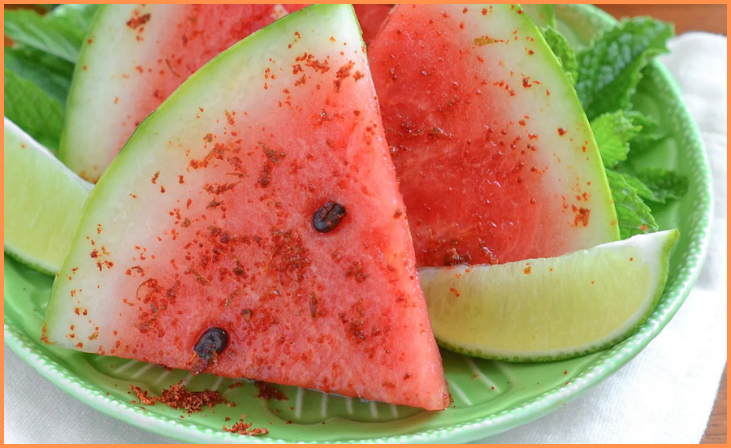
Watermelon is a refreshing and water-rich fruit, consisting of 92% water. It is packed with vitamins A and C, which boost your immune system and help maintain healthy skin. Additionally, watermelon is rich in lycopene, a powerful antioxidant that protects your body from harmful free radicals and supports heart health. Its naturally sweet flavor makes it a favorite summer treat. Whether eaten fresh or blended into beverages, watermelon is versatile and refreshing. Its high water content also makes it great for replenishing fluids after physical activity.
How to Eat:
- Add watermelon cubes to water, tea, or seltzer for flavor.
- Blend frozen watermelon with strawberries for a smoothie.
- Create a watermelon sorbet or a watermelon, orange, and feta salad.
- Swap tomatoes for watermelon in a caprese salad or grill it for a sweet treat.
3. Tomatoes
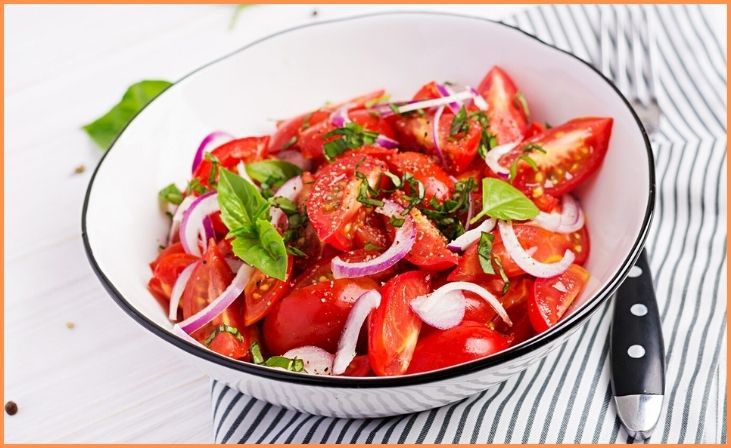
Tomatoes are incredibly hydrating, consisting of approximately 95% water. A medium-sized tomato provides roughly half a cup of water, making it a great choice for staying hydrated. In addition to water, tomatoes are rich in vitamin C for immune health, potassium to regulate body fluids, and lycopene, an antioxidant known to reduce the risk of certain diseases. Their juicy texture and tangy flavor make them a versatile ingredient in countless recipes. From salads to sauces, tomatoes are easy to include in everyday meals, enhancing both hydration and nutrition.
How to Eat:
- Use fresh or frozen crushed tomatoes in pasta or pizza.
- Add sliced tomatoes to wraps or sandwiches for extra moisture.
- Include cherry tomatoes on skewers for charcuterie boards.
- Prepare a refreshing gazpacho by blending tomatoes and cucumbers into a chilled, flavorful soup.
4. Cantaloupe
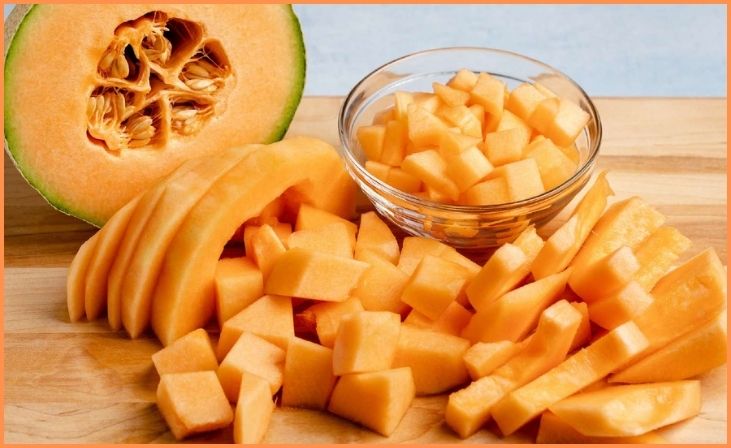
Cantaloupe is not only hydrating with its 90% water content but also a powerhouse of nutrients like potassium, vitamin C, and beta-carotene. Potassium helps maintain fluid balance and supports heart health, while vitamin C boosts the immune system. Beta-carotene, a precursor to vitamin A, supports healthy vision and skin. Its natural sweetness and juicy texture make it an ideal snack or dessert. Cantaloupe’s vibrant orange flesh adds a pop of color to dishes, making meals visually appealing as well as nutritious.
How to Eat:
- Pair cantaloupe with mozzarella and prosciutto for a light meal.
- Blend it into smoothies or freeze for melon ice pops.
- Add cantaloupe to fruit salads for a sweet, juicy touch.
- Puree it with lime for a refreshing summer gazpacho.
5. Romaine Lettuce

Romaine lettuce is an underrated source of hydration, consisting of 95% water. It also provides potassium, which helps regulate fluid balance in the body. Unlike iceberg lettuce, romaine has a slightly richer flavor and more nutrients, including fiber for digestion. Its sturdy leaves make it a perfect base for salads and a creative substitute for bread or tortillas. This versatile vegetable not only keeps you hydrated but also enhances the nutritional profile of your meals, adding crunch and freshness.
How to Eat:
- Use sturdy romaine leaves as wraps for tacos or sandwiches.
- Add shredded lettuce to salads, soups, or stir-fries for texture.
- Use chopped romaine to garnish soups or stews for added crunch.
- Toss romaine with your favorite dressing for a simple, hydrating salad.
6. Radishes

Radishes are about 95% water and offer a peppery crunch that enhances dishes. They are also a good source of vitamin C, which aids in collagen production and supports healthy skin. Radishes stand out among root vegetables for their high water content and low-calorie profile. Their vibrant colors, ranging from red to white to purple, brighten up any dish. Enjoy them raw to preserve their crisp texture or cook them to mellow their spicy flavor and bring out their natural sweetness.
How to Eat:
- Slice raw radishes for charcuterie boards or salads.
- Add them to sandwiches or wraps for a crunchy bite.
- Roast radishes for a milder flavor and serve as a side dish.
- Mix radishes into guacamole or sprinkle them on tacos and soups.
7. Celery

Celery is 95% water and provides essential nutrients like vitamin C, beta-carotene, and flavonoids. These antioxidants help combat inflammation, while its fiber content supports digestive health. Celery is naturally low in calories, making it a go-to snack for those watching their weight. Its crisp texture and neutral flavor make it a versatile addition to a variety of dishes. Whether raw or cooked, celery adds a satisfying crunch to meals and keeps you hydrated throughout the day.
How to Eat:
- Pair celery sticks with peanut butter, hummus, or cottage cheese.
- Add chopped celery to salads, soups, or stir-fries for extra texture.
- Blend celery with apple, ginger, and coconut water for a refreshing smoothie.
- Use celery as a base for savory broths or enjoy it raw as a light, healthy snack.
For More- 9 Appetizer Recipes That Will Please Any Crowd
Conclusion
Hydration plays a critical role in maintaining overall health, and while drinking water is essential, you can also boost your fluid intake through the foods you eat. Incorporating these seven hydrating superfoods into your meals is an easy and delicious way to stay refreshed while reaping additional nutritional benefits. From the crunchy goodness of cucumbers to the juicy sweetness of watermelon, these foods not only quench your thirst but also provide essential vitamins, minerals, and antioxidants. Start experimenting with these simple recipes and enjoy a healthier, more hydrated lifestyle!
FAQs
No, while hydrating foods can significantly contribute to your daily fluid intake, they should not replace drinking water altogether. Combining water-rich foods with regular water consumption ensures you stay properly hydrated.
Cucumbers, celery, and romaine lettuce are excellent choices for weight loss. They are low in calories, high in water, and provide fiber to keep you feeling full.
Absolutely! Children often forget to drink enough water, so incorporating hydrating foods like watermelon, tomatoes, and cantaloupe into their meals and snacks is a great way to keep them hydrated and healthy.

